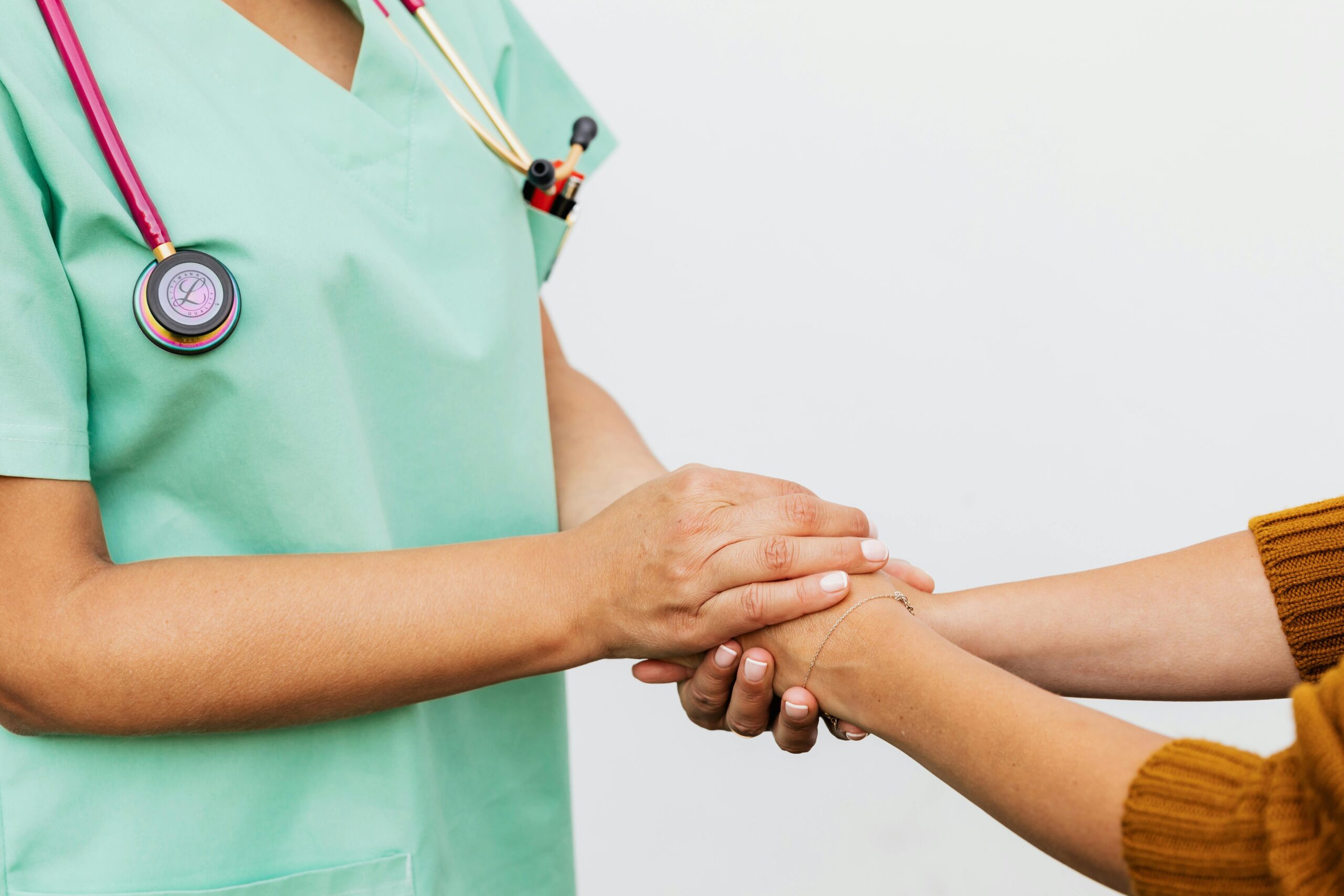Platelet-rich plasma (PRP) therapy has become a popular non-surgical option in orthopaedic care for patients dealing with joint pain, ligament injuries, tendon issues and soft tissue strain. While the process of having PRP injections is relatively straightforward, the recovery period can vary and is often filled with questions. What happens after your injection? How long does it take to feel better? What can you do to support healing?
In this guide, we explore the PRP recovery process—from post-injection care to tissue repair timelines—to help you feel informed and prepared.
Immediately After Your PRP Injection
Following your PRP treatment, it’s normal to experience mild discomfort at the injection site. This is often described as soreness, pressure or stiffness and usually resolves within a few days. Inflammation is a natural part of the healing process, as the platelet-rich plasma begins stimulating tissue repair in the treated area.
Your orthopaedic provider will give you post-injection care instructions tailored to your condition and activity level. These may include avoiding strenuous exercise, icing the area as needed, and monitoring for signs of swelling or redness.
It’s also important to avoid anti-inflammatory medications, as they may interfere with the biological response PRP aims to support. Always consult your provider if you’re unsure about what to take.
What to Expect in the First Few Weeks
Most patients experience gradual improvement over several weeks following PRP injections. Unlike pain-relief injections that may offer rapid results, PRP works by encouraging the body’s natural healing process—which takes time. As new tissue begins to regenerate, pain and mobility may slowly improve.
During this time, patients are usually advised to:
- Avoid high-impact activities like running or heavy lifting
- Continue gentle movement and stretching to prevent stiffness
- Follow a physiotherapy plan if prescribed
Your provider may schedule a follow-up to assess your response to the treatment and adjust your care plan as needed.
PRP Injection Recovery Time: Typical Timeline
Although individual results can vary, the general PRP injection recovery timeline follows these stages:
- Days 1–3: Mild discomfort, swelling or stiffness; rest and protect the treated area
- Week 1–2: Inflammation begins to subside; light activity and mobility may increase
- Week 3–6: Gradual tissue healing; improvements in pain, strength and function
- 2–3 months: Many patients notice significant changes in mobility or discomfort levels
- 3+ months: Continued tissue maturation, especially for tendon or ligament injuries
PRP treatment benefits may continue to evolve for several months. Your progress will depend on the condition treated (e.g. PRP for rotator cuff injury vs PRP for plantar fasciitis), the severity of the damage, and your adherence to rehabilitation.
How to Support the PRP Healing Process
To get the most out of your orthopaedic PRP treatment, your body needs support. Here’s how you can assist healing:
- Hydrate well to maintain tissue flexibility and cellular health
- Eat a balanced, protein-rich diet to supply nutrients for repair
- Avoid alcohol or smoking, which may impair healing responses
- Prioritise quality sleep to allow the body to restore and regenerate
- Adhere to your prescribed physiotherapy or movement plan
The combination of PRP and rehabilitation can be particularly effective. Many patients benefit from combining PRP with physio in a holistic recovery program.
Common Recovery Questions
Is PRP painful after the injection?
You may feel sore or stiff, but this typically resolves within a few days. Most patients report the discomfort is manageable without intervention.
Can I go back to work or daily tasks?
Yes—most people resume desk-based or light activity the next day. For physical or high-movement roles, consult your provider.
Is there downtime after PRP therapy?
There is usually no formal downtime. However, physical activity should be modified for the first week or two depending on the site treated (e.g. PRP for knee pain may require avoiding stairs or squatting).How long until I know if PRP worked?
Initial improvements may be seen after 4–6 weeks, but some effects may continue developing for several months.




